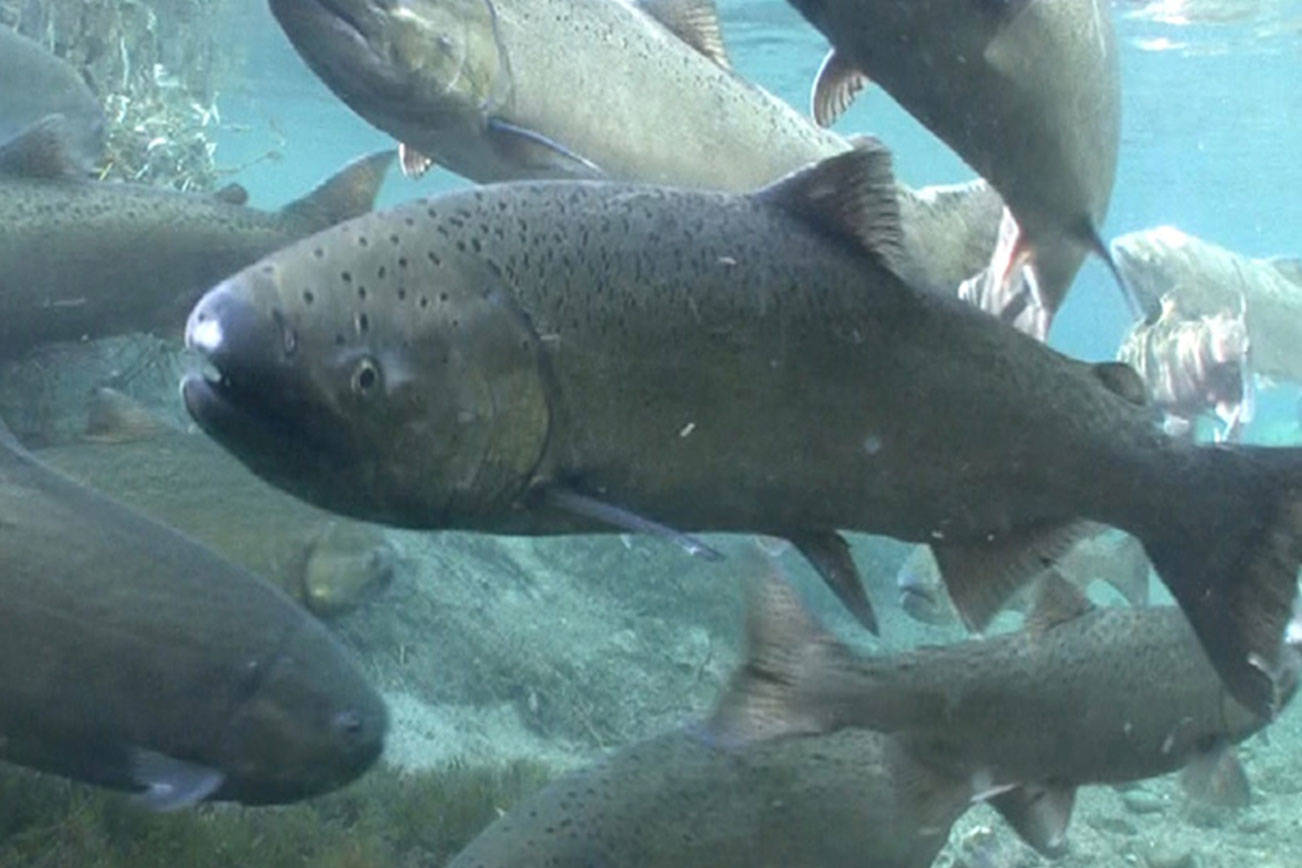More than $45 million in grants were awarded to communities throughout Puget Sound to support salmon habitat restoration projects — including more than $333,000 to San Juan County. The Washington State Salmon Recovery Funding Board, in partnership with the Puget Sound Partnership, awarded Friends of the San Juans three grants on Monday, July 8.
“When we invest in salmon recovery, it’s not just salmon that we’re saving,” Gov. Jay Inslee was quoted as saying in a press release. “Whether you live near, love to play in, or simply care about Puget Sound, this funding is a cornerstone of doing that — and investing in that habitat kick starts a suite of other benefits. We’re also preserving our Pacific Northwest legacy, our way of life, our jobs, our neighborhoods, and our communities.”
Laura Blackmore, Puget Sound Partnership’s executive director, said that the Puget Sound Partnership is committed to recovering salmon populations the region.
“Salmon are integral to the identity and traditions of the Pacific Northwest and are a vital part of the Puget Sound food web,” Blackmore said. “This funding will support projects that help recover salmon populations and feed our struggling Southern resident orcas.”
The first grant is for $199,884 to protect herring spawning habitat around the islands. Herring are one of the two species of fish on which salmon prey.
The three areas of focus include Hunter and Mud bays on Lopez; Fishing and Ship bays on Orcas; and Blind Bay on Shaw. Friends of the San Juans will be able to move and renovate mooring buoys near three herring spawning areas and develop voluntary anchor-out zones. The group will reach out to landowners to request participation in a buoy upgrade and enhancement program for 15-20 buoys.
“We know that restoring salmon to levels that support our environment, other wildlife, and people, takes time, effort, and of course, sustained funding,” said Kaleen Cottingham, director of the Washington State Recreation and Conservation Office, which houses the Salmon Recovery Funding Board, in a press release. “That’s what makes this continued investment so important, and we’re looking forward to seeing it play out in the shovel-ready projects teed up across Puget Sound.”
There are nine documented spawning beaches for sand lance in San Juan County. Sand lance is the second primary source of food for salmon.
Friends of the San Juans was awarded a $79,942 grant to identify new sand lance spawning beaches with the purpose of protection and restoration. Pacific sand lance spawn on sandy intertidal beaches, leaving them vulnerable to shoreline development.
A total of $53,426 was also granted to Friends of the San Juans to plan for the removal of shoreline armoring. This effort will increase the quality and quantity of habitat for Chinook salmon and their food and will in turn increase the prey for the Southern residents.
Friends will contact shoreline landowners, assess between 10 and 15 sites of interest, conceptualize designs for three-five of those sites and proceed through preliminary designs on one or two.
“Friends of the San Juans greatly appreciates the support of the Salmon Recovery Funding Board for our ongoing efforts to identify, protect and restore beach and eelgrass habitats important for forage fish and the Southern resident orca’s food web. Juvenile chinook salmon from Puget Sound and Fraser River stocks rely on forage fish for food as they migrate through the San Juans so everything we can do for forage fish here in our community directly supports salmon, and ultimately, the Southern resident orca,” Tina Whitman, Friends of the San Juans science director, said. “Both newly funded projects have lots of opportunities for people to get involved; we will be seeking volunteers to assist with beach surveys, interested property owners to support shoreline research and habitat enhancement projects and boaters to take action and help spread the word about steps to protect and recover eelgrass in our remaining herring spawning areas.”




